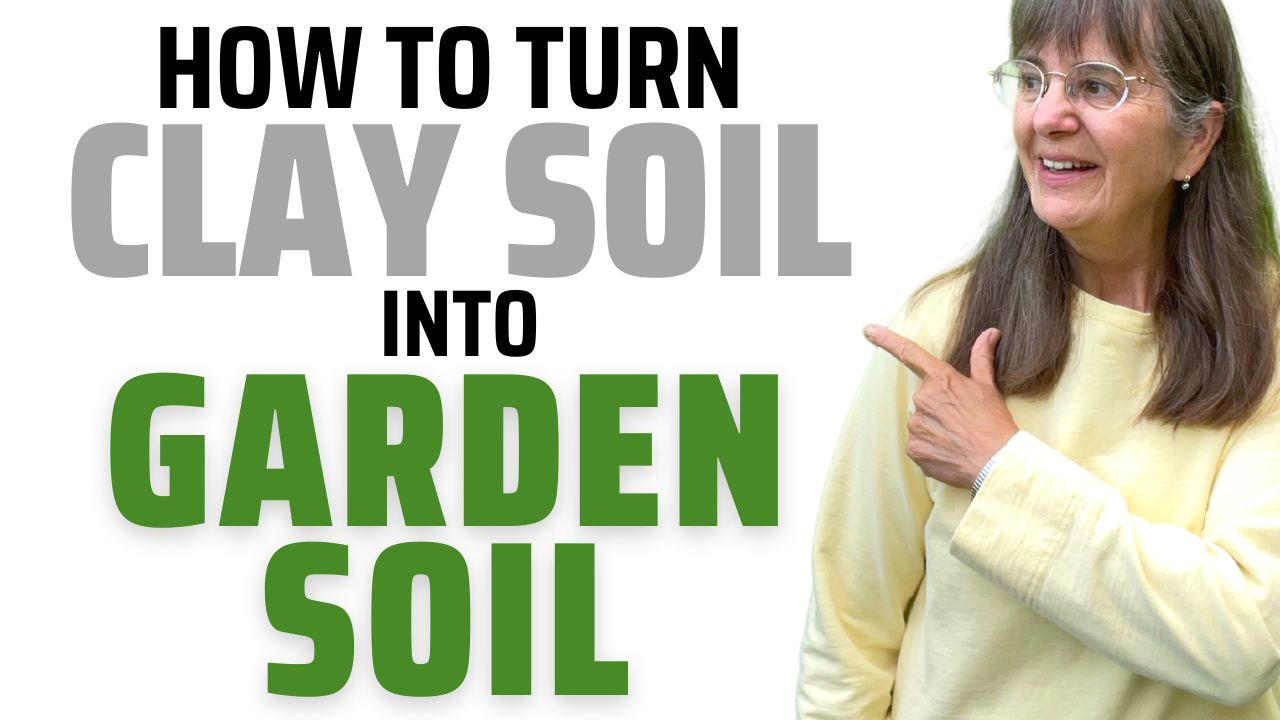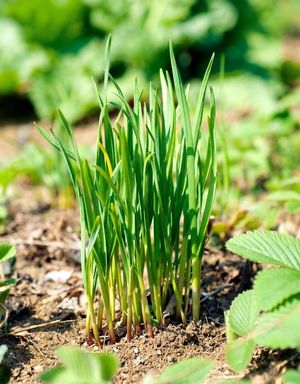
Let me show you how to turn clay soil into garden soil.
It might seem like every gardener has a magic trick for turning clay soil into something that’s rich and fertile.
But the truth is, not all gardens are created equal. If you have heavy clay soil (that’s what gardeners call it when the particles in dirt are too big for plant roots to penetrate), then you probably know that it can be very difficult to grow plants in this type of soil.
That’s why I developed these tips on how to turn clay soil into garden soil!
Three reasons why clay soil is not ideal for gardening.
Firstly, clay soil is a heavy, dense and sticky type of soil that is difficult to dig. Clay soil can be slow to drain, which causes water to pool, preventing proper drainage.
Secondly, the clay particles in the soil stick together and have no spaces between them, so they are hard to work with when planting crops or fertilizing your plants.
Finally, clay soil also becomes compacted over time from foot traffic in your garden bed, making it even more challenging for roots of plants to grow through the top layer of this materia
Compost: The best way to break down clay

Untitled design 8
Best plants to grow in heavy clay soil
- Garlic chives. These perennial herbs are easy to grow and can be harvested throughout the summer.
- Borage. This is a great plant for attracting bees, butterflies, birds and bumblebees.
- Thistles (black or red). These attractive perennials look great in flower beds or borders and provide an excellent source of nectar for insects such as bees and butterflies.

Clay soil is often the bane of a gardener's existence. When you're trying to break apart the hard, dry clumps of dirt, your hands can get sore and your back will ache. The worst part? There's no good way around it.
Fortunately for us gardeners who live in areas where this problem is common—especially those located near bodies of water like rivers or lakes—there are some simple ways we can manage our gardens' composition and make them more usable for both ourselves and our plants.
That's why I recommend you till the soil and add a rich compost that will give your soil a lift, and give you a better chance of having a garden rich with nutirents that your vegetables and plants will thrive in. You may also want to check out my other compost artcle: The Easy Way to turn Food Waste into Compost.
Enjoy this article? You might also enjoy these:
"How to turn clay soil into garden soil" - by Marion Owen
Who is Marion Owen?
Learn the fine art of nurturing your dream garden using organic methods that have been fine-tuned over 35 years by Marion Owen, New York Times bestselling author.
Gardening techniques that have been proven to work by Marion's students longing for their own dream garden in landscapes as diverse as North America, India, Europe, UK and Australia.
Finally, you can throw away all those harsh chemicals, as Marion only teaches methods that are in tune with Mother Nature!
Marion Owen's approach to fulfilling your dream garden will save you hundreds of dollar. At the same time bring natural vitality to you, your family and the planet.
Start to grow flowers, herbs and vegetables using a methodology in harmony with the natural environment.

